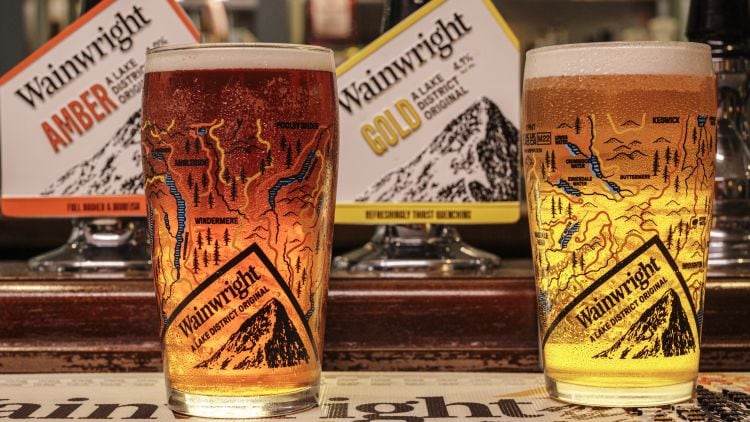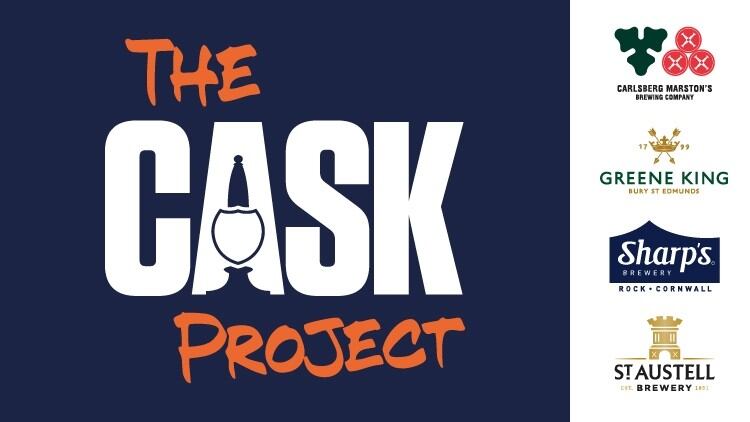
As part of The Cask Project initiative, I have been exploring many different aspects of our most precious, totally unique on-trade beer offering, cask ale. If you’ve been thinking about offering cask ale in your pub there’s no better time to take the plunge. With so much resource, help and choice, it’s one of the trusted ways to get people visiting your outlet to drink a style of beer that they cannot purchase from a supermarket.
What does make cask ale special though? Apart from those factors already highlighted in our Cask Project series, one way to answer this is through exploring beer “style”. It’s certainly not a new subject area and there are many, many articles and books available explaining the specific differences in beer styles, as well as their subtle similarities.
A quick search of the net and the extent of beer style is laid bare. More than 100 distinct beer styles are thought to exist, 73 of those are ales and a further 25 different styles of lager. (Oh, and with a handful of hybrids thrown in for good measure). When we talk about beer style, the classification is generally dictated by method of production. This tends to cover the overall process of making the beer, the ingredients and fermentation method. Origin and or history also can come into play too.
Another, perhaps a slightly easier way of categorising beer style is through two key components: that of yeast and fermentation.
The Cask Project series was created to specifically throw a spotlight on cask ale, so it seems fitting that we explore the concept of ale style. Here’s my top five beer 'flight' sized facts on ale for you to use in training and educating your staff as well as making recommendations to your customers next time they ask for a beer!
Cask ale – The historian of beers?
Whilst both lagers and ales, have 100s of years of history, ales are the oldest style of beers, traditionally associated with Great Britain as an alcoholic drink, with its roots firmly located in the history our of country. Breweries continue to produce ales as it’s always been made, but modern brewing methods, raw materials and tastes continue to develop and make this a hugely exciting time to be an ale drinker.
Cask ale – a tale of the top fermenter
An ale is a particular style of beer made with water, malted barley, hops and yeast. Ale was traditionally defined by the yeast that is used during the fermentation process. Ales are brewed using yeast that tends to gather towards the top of warm fermentation tanks whereas lager tends to use bottom fermenting yeasts brewed in cooler temperatures. Specifically, CASK or REAL ALE is a living thing thanks to the fermenting yeast that remains in the barrel (or cask) after the beer is brewed and cask is filled. Cask beer doesn’t get pasteurised (a process that stops the fermentation) so the beer lives on in the cask once it’s left the brewery and arrives in your cellar.
Cask ale – Time to find your perfect match?
Ales are generally more complex and fuller in body than lagers. They can be more malty in taste and tend to be more aromatic as well. But that in no way limits their taste profile to something that’s just dark and challenging. Far from it, Wainwright Golden is the UK’s number one selling golden cask ale and is the perfect alternative, especially in taste and refreshment to many modern-day lagers. Lagers do tend to exhibit traits such as being generally lighter in body and crisp taste. They are also served at much colder temperature than Ales too.
Cask ale – The originator of the perfect “ritual serve”
The perfect ritual serve begins way before a single pint has been pulled, where due care and attention are required to both settle the cask in a cellar (not too hot or cold temperature) for about three to five days. As the cask “conditions” and settles, the beer develops its true character and elegance and is ready to serve. As you thoroughly clean your beer lines, ready for the moment of serve, the iconic beer hand pull, sat atop your bar ensures that no kind of gas is required to propel the beer up through beer lines into the customer (again, clean) glass. A true originator of the ritual or perfect serve!
Cask ale - Tasting in Style
The term cask or real ale was coined by the Campaign for Real Ale (CAMRA) in the early 70’s. In effect, cask ale is the original “craft beer” in so much that the cask requires some extra effort in managing it from brewing, delivery, maintaining in the pub cellar through the final serve in a bar or pub. Most importantly, it’s one of the most rewarding beer styles in terms of uniqueness and taste and only available in the on-trade!

